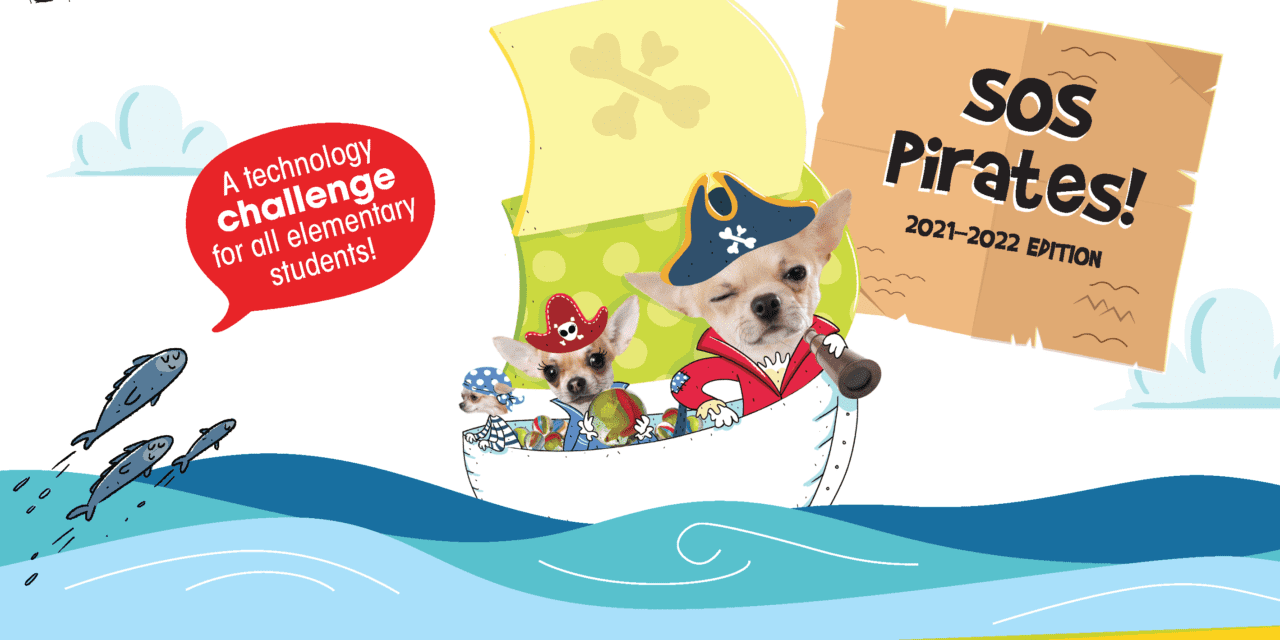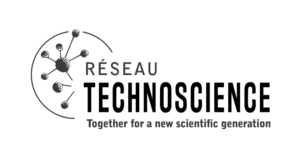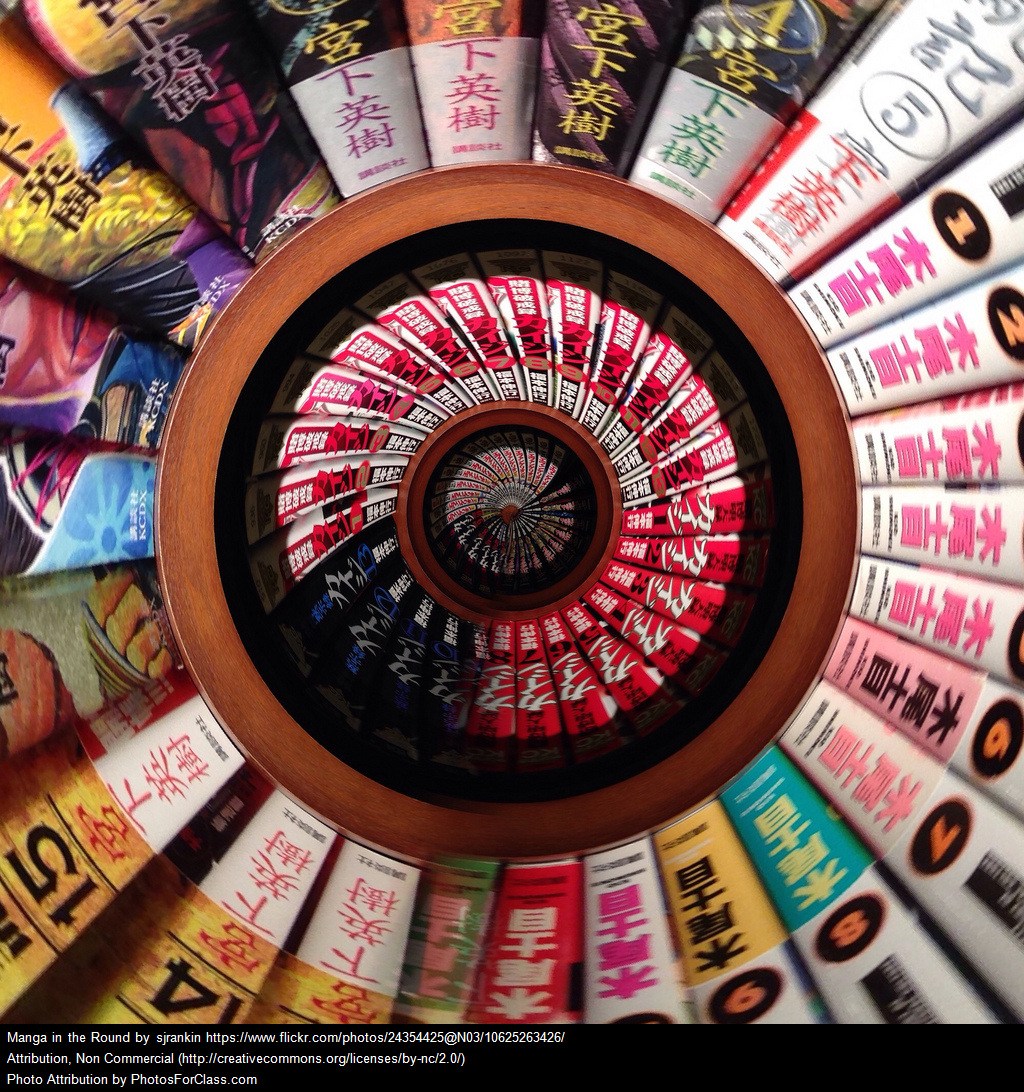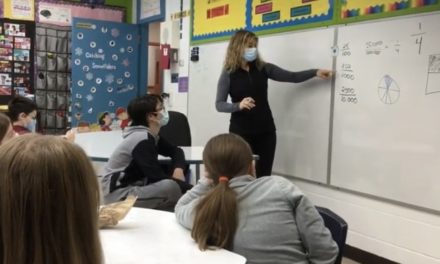As a second-language specialist, I was intimidated by the idea of learning about STEAM-based activities. What are the advantages of adding STEAM learning into the curriculum? How would we teach it if we didn’t have a background in science? What if we taught it wrong? These were some questions that made me uneasy about adding STEAM-based learning to my non-science curriculum. But, it was these same concerns that, eventually, motivated me to learn more, and create a bank of STEAM resources to share with students and teachers.
In my quest to familiarize myself with STEAM learning, and how to incorporate these activities into the classroom, I had to take a few steps back and learn about what STEAM was really all about, and why I should even consider making this change.
This post will provide a brief summary of the principles of STEAM and will suggest activities that can be easily followed by anyone, with or without a science background, into the world of Science, Technology, Engineering, Arts, and Mathematics.
Let’s start with my favourite definition of STEAM:
STEAM is an educational approach to learning that uses Science, Technology, Engineering, the Arts and Mathematics as access points for guiding student inquiry, dialogue, and critical thinking. The goal is to have students participate in activities that lead them to question like a scientist, design like a technologist, build like an engineer, create like an artist, deduce like a mathematician, without forgetting how to play like a kid!
This definition conjures up images of Miss Frizzle in The Magic School Bus, and who doesn’t love Ms Frizzle! Let’s get on the bus and find out more…
| 1990s: SMET | Circa 2001: STEM | 2020: STEAM |
| SMET was the acronym used in the 1990s by the National Science Foundation (NSF). It referred to careers and/or curriculum centered around Science, Mathematics, Engineering, and Technology | About a decade later, SMET turned to STEM (for obvious reasons!). In the 21st Century, students would benefit from STEM learning more than ever. Our teaching goals focused on optimizing learning by creating an environment where students could develop skills like critical thinking, problem solving, communication, and collaboration. | STEAM became a progression of STEM where the A for Arts was introduced. The integration of the Arts into STEM allowed educators to add an element that encouraged creativity and curiosity, both important components of learning. An infograph on this history is available here! Design Challenge: STEAM vs STEM |
Although STEAM progressed from STEM which evolved from SMET, the underlying principle remained the same: to introduce students to situations where they can learn and develop the skills that they will need to better understand and manage obstacles they will encounter in their lives using hands-on learning.
The Junior Tech Challenge is a fun science and technology project that will provide your students with the perfect conditions for reviewing science concepts and practicing skills such as English communication. In this project, the activities are presented in a step-by-step format that are accessible to everyone. The students enjoy experimenting and arriving at their conclusions. It involves students in designing, planning, creating, and finally showcasing their work, and is an inviting way for teachers to build confidence in using STEAM learning in their classes.
RÉSEAU TECHNOSCIENCE
Junior Tech Challenge: A Project for all Elementary Students
 Réseau Technoscience, along with its collaborators, offer a yearly Science & Technology Learning and Evaluation Situation (LES) for all elementary students in Quebec. The yearly Défie apprenti génie, has been translated into the English Junior Tech Challenge, and is available for English students in Cycles 2 and 3 English and for Cycle 3 Intensive ESL students.
Réseau Technoscience, along with its collaborators, offer a yearly Science & Technology Learning and Evaluation Situation (LES) for all elementary students in Quebec. The yearly Défie apprenti génie, has been translated into the English Junior Tech Challenge, and is available for English students in Cycles 2 and 3 English and for Cycle 3 Intensive ESL students.
Students and teachers are given options to decide how they would like to participate in the challenge. They can use it within the school as an engaging and hands-on class activity. They could branch out into the community by participating in their school board or school service center competition, or even register for the regional competition which takes place yearly in May. Whichever way they choose, students will have the chance to feel that they took part in a meaningful, challenging, and fun activity!
This year’s challenge is S.O.S. Pirates! In this LES, students are asked to build the lightest watercraft possible to hold the heaviest load possible. In pirate terms, “A ship big enough to hold as much loot as possible!”
Each activity in the LES is an opportunity for students to discover the concepts of buoyancy, density and balance, by conducting simple experiments with everyday objects.
The LES includes:
– Progression of Learning for Science and Technology
– A section that explains the Science and Technology concepts used in the LES
– Three main activities, using everyday materials, where students experiment with the concepts.
– A complementary activity that demonstrates 14 easy assembly techniques that include an instruction sheet and a video for any technique chosen.
– Activities to help prepare, test, re-test and reflect on the process used to build the watercraft for the challenge
– An evaluation grid for Science and Technology
– Media resources to help understand the scientific concepts
– Literary suggestions to explore the nautical theme
– A separate section for cycle 3 ESL learners
– A link to register to the Regional Finals in May (optional)
The English version of the challenge will be available on the website in mid-February, for Cycle 3 Elementary students, and Cycle 3 ESL students. To find the elementary level LES, you must navigate through the website by clicking on DAG (défie apprenti génie), or find it directly here.
There are 6 past Junior Tech Challenges available in English. They can be accessed anytime, in this Dropbox on the Réseau technoscience website. They include a Teacher’s Guide, a Student Handbook, Rules, and a slideshow, which are updated every year. (The only challenge that can be used for the Regional Finals in May is the current one.)
Let’s look at some of these skills more closely.
STEAM-based Skills Help Students Succeed in the 21st Century
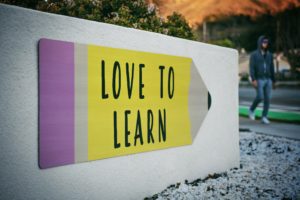 Critical Thinking: Critical thinking is the ability to question information, reject any unreliable and unscientific logic and inspect the source of the information. People who use critical thinking skills have the tools to analyze, question and judge a situation in a more proof-based manner.
Critical Thinking: Critical thinking is the ability to question information, reject any unreliable and unscientific logic and inspect the source of the information. People who use critical thinking skills have the tools to analyze, question and judge a situation in a more proof-based manner.
Communication: “Being able to communicate effectively…is what enables us to pass information to other people, and to understand what is said to us.” (SkillsYouNeed, n.d.)
Collaboration: “Collaborative learning is an approach that involves two or more individuals coming together to understand a common learning concept and complete a common task. They bank upon each other’s resources, expertise and skills to fulfill the task. There is joint ownership of responsibilities and failures, if any. They work independently on different parameters and evaluate each other’s work to improve the quality of output.” (Ralhan, B., n.d.)
Creativity and Innovation: When people use innovation skills, they use new and exciting ideas to help them create and solve problems.
These skills are all domain-general skills. They are not specific to one subject area, but rather are important for problem-solving in an efficient, methodical way. Bringing STEAM learning into the classroom allows students to experiment, make mistakes, analyze, reflect and communicate their ideas to become better thinkers and problem-solvers.
STEAM activities are meant to foster creativity and individual development in a collaborative manner. An article by Shelley Brewster states, “Our goal with STEAM work is not to create a line of placid sheep, we want our creative chickens. STEAM, Science, Technology, Engineering, Arts and Math, is a wonderful approach to education that builds in creativity and problem solving into projects. It encourages critical thinking, inquiry-based learning, and forging new paths through learning. It’s hands-on and often has ambiguous goals. The main goal simply being to embrace the process of learning and discovery.”
Process vs Product
 In STEAM learning, the focus of learning is not on the product, but on the process which includes the practice of the skills mentioned above-critical thinking, collaboration, communication, and creativity and innovation. The product is what results from practicing, honing and developing these skills. The process is what ensures that each student’s creativity and individuality will be embraced during the collaboration, the design and the creation of the STEAM project. The process is what really matters.
In STEAM learning, the focus of learning is not on the product, but on the process which includes the practice of the skills mentioned above-critical thinking, collaboration, communication, and creativity and innovation. The product is what results from practicing, honing and developing these skills. The process is what ensures that each student’s creativity and individuality will be embraced during the collaboration, the design and the creation of the STEAM project. The process is what really matters.
It became clear that students exposed to STEAM learning were at an advantage in many ways and my first question was answered (looks like Ms Frizzle was way ahead of her time!).
HOW can we add STEAM learning to the class?
In 2022, there are many opportunities to add STEAM into the classroom without being an expert in the various fields. There are websites, books, and videos that offer experiments, activities, lesson plans, and LESs that will cater to anyone’s curiosity about STEAM learning. Regardless of the resource chosen, all have the intention of developing the skills needed for students to succeed in the 21st century.
Any activity can be adapted to include STEAM
In the catapult activity example provided in the infographic above, all 5 subject areas are woven to create a lesson that is a complete STEAM activity. However, it is not necessary that ALL components of STEAM be included in every activity. Different STEAM activities can focus on a different area, or areas of the STEAM curriculum, but not all 5 need to be present at once.
The following are 2 free STEAM resources found online that were designed to attract, engage, and ignite students’ curiosity into the world of Science, Technology, Engineering, Arts and Mathematics!
LEARN’s Open Creative Space: Find Anything You’re Looking For!
 In LEARN’s Open Creative Space, students are encouraged to think outside the box. The website includes links to step-by-step STEAM challenges where both teachers and students can learn alongside each other. Their challenges are designed to include different parts of the STEAM curriculum to meet a variety of students’ interests. They offer many ways to embrace STEAM learning with a myriad of Science, Technology, Engineering, Arts and Mathematics-based activities: Simple Circuits, Programming Robots, Pinwheel Design, ArtBots, Machines, Hydraulics, Game Design, with more added all the time. There is even a challenge where students can make a Lemon Battery! LEARN’s Open Creative Space is a place where students and teachers are given the opportunity to create with their head, their heart, and their hands. Definitely Ms Frizzle material!
In LEARN’s Open Creative Space, students are encouraged to think outside the box. The website includes links to step-by-step STEAM challenges where both teachers and students can learn alongside each other. Their challenges are designed to include different parts of the STEAM curriculum to meet a variety of students’ interests. They offer many ways to embrace STEAM learning with a myriad of Science, Technology, Engineering, Arts and Mathematics-based activities: Simple Circuits, Programming Robots, Pinwheel Design, ArtBots, Machines, Hydraulics, Game Design, with more added all the time. There is even a challenge where students can make a Lemon Battery! LEARN’s Open Creative Space is a place where students and teachers are given the opportunity to create with their head, their heart, and their hands. Definitely Ms Frizzle material!
LEARN’s Professional Learning opportunities offer curious teachers a safe place to meet to learn about, experiment with, and learn how to present STEAM-based activities to their students.
Design Challenges introduce both elementary and secondary students to the elements of the Design Process (Empathize, Define, Ideate, Prototype and Test), and suggest challenges that students can perform in their communities with emphasis on using this process.
My journey to familiarize myself with STEAM led me to a greater understanding of why it is important to add this component of learning into our classrooms. At the speed technology is advancing in our world, students will need to be critical thinkers, who will ask the right questions, and can accommodate their knowledge to find solutions to the problems they are faced with. Because STEAM encompasses all aspects of our environment, students will have the tools, or know where and how to access them, to be able to better understand problems, and put into action changes required to improve their world.
The final question that needs to be answered is, What if I teach it wrong? We are living in a world where many things are uncertain. Technology advances so quickly that only the “tekkies” can really follow and understand all the trends. COVID has shown us that even the top scientists are failing forward, trying desperately to find a better vaccine or even a cure for the virus that has changed our world. I think the model of, Try, Fail, Succeed is a model that everyone must aspire to. Teachers can bring it into the classroom by trying new things with their students and admitting that they too are learning something new.
Ms Frizzle would be proud!
Resources
McComas, William F. (2014). STEM: Science, Technology, Engineering, and Mathematics
STE(A)M TRUCK (2020). The History and Importance of STEAM Education
Infographic found on:Institute for Arts Integration and STEAM (2021). What is STEAM Education?
Brewster, Shelley (2016). Tips for AdaptingSTEAM and STEM Activities-Ages, Interests, Abilities, Group Size
Skills You Need. Communication Skills
Ralhan, B. (n.d.). EducationWorld.in. Importance of collaborative learning in the classroom.
RÉCIT Service national communauté anglophone (2022). LEARN’s Open Creative Space
Réseau Technoscience (2022). Matériel pédagogique
Buteau, Carolyn (2021). Making Friends with Failure

